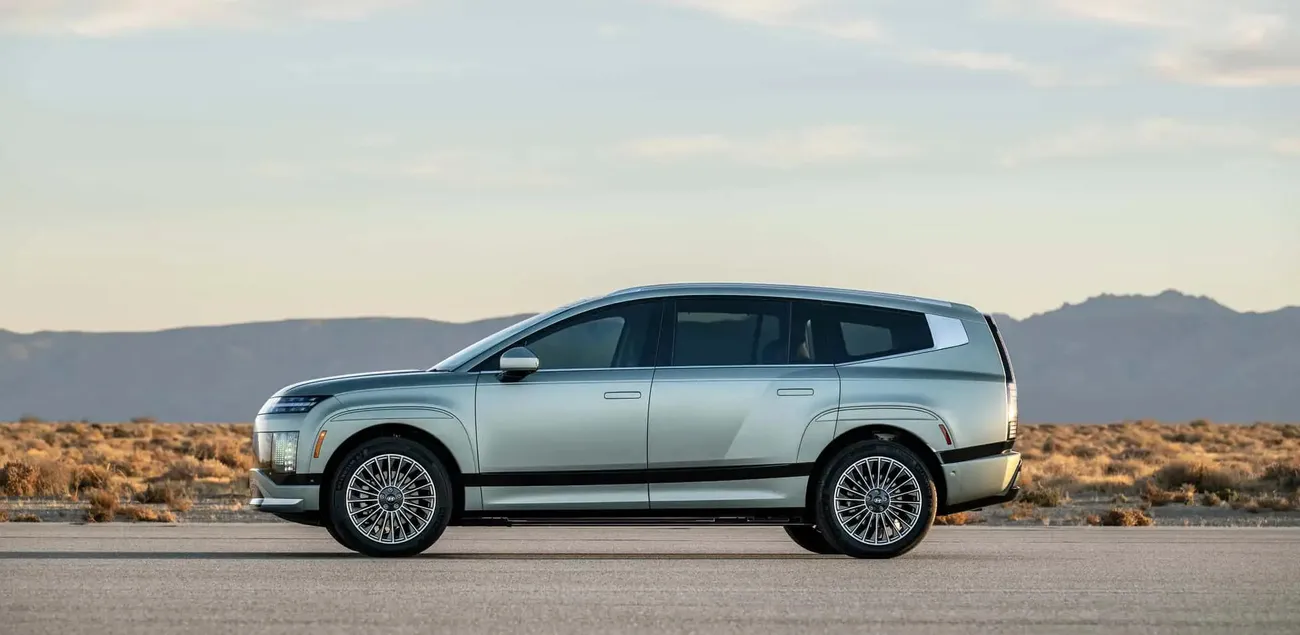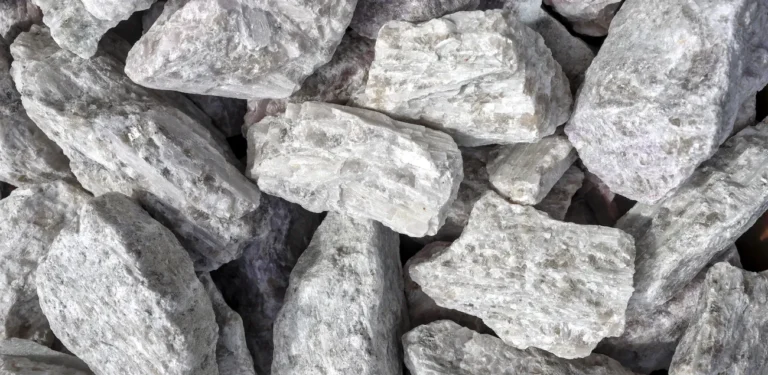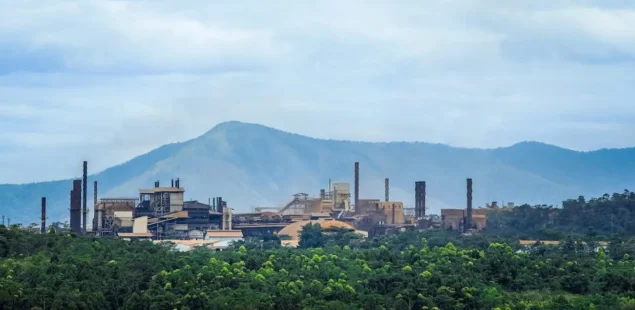
Hyundai Motor Group, automaker and EV battery developer, and Seoul National University, research partner, have advanced a solid-state battery architecture that enables copper to be used as the anode current collector in sulfide-electrolyte cells—long considered impractical due to corrosion—according to a newly published US patent application. The design layers a protective coating and carbon-based buffer between copper and the active materials to maintain capacity and adhesion over repeated cycles, potentially lowering costs and improving conductivity versus nickel or stainless solutions now favored in harsh sulfide chemistries. The filing lands as Hyundai stands up a pilot solid-state line at its Uiwang R&D campus.
How the cell architecture works
The application outlines a stack of copper current collector, protective interlayer, anode, sulfide solid electrolyte, cathode, and a terminal collector. The buffer employs an oriented carbon sheet—potentially vertically aligned nanotubes—dispersed with lithiophilic metal particles (examples include silver, gold or aluminum). The buffer may be porous to relieve stress and suppress edge lithium deposition, while the coating promotes adhesion and blocks corrosive reactions with the sulfide electrolyte. Together, the interlayers aim to keep copper stable, improve interfacial contact and deliver more uniform cycling.
Why copper matters in sulfide solid-state
Conventional lithium-ion cells already use copper as the anode current collector, but sulfide solid-state systems have largely avoided it because sulfur species corrode copper under operating conditions. Academic work over the past year has focused on corrosion pathways and barrier films, underscoring that interfacial chemistry—and not bulk metal choice alone—governs stability. Hyundai’s approach seeks to shift sulfide cells back to a high-conductivity, lower-cost collector material without sacrificing durability or safety at high current densities.
Commercial path: pilot line and partnerships
Hyundai has said it is preparing pilot production of solid-state cells at Uiwang and continues parallel programs with SES AI and Factorial Energy, while operating a joint battery research center with SNU. Factorial’s FEST technology is progressing toward demonstrator fleets with other automakers, highlighting a broader industry sprint to validate solid-state architectures by the second half of the decade. Hyundai’s copper-compatible stack is positioned for integration tests on that pilot hardware rather than immediate series production.
Market impact and supply-chain angles
If manufacturable at scale, restoring copper current collectors in sulfide solid-state batteries would reduce bill-of-materials costs and improve electrical and thermal performance inside EV packs, while easing reliance on specialized nickel or stainless components. The timing also intersects with broader copper consumption from AI-ready data centers and grid expansion; LME three-month copper was about $9,760–$9,780 a tonne in mid-August. Any production deployment will hinge on proving long-term interfacial stability, coating throughput and yield in automotive-grade cells.
Company Background and Market Context
Hyundai has broadened its battery strategy through in-house R&D and partnerships, including a 2021 collaboration with Factorial and a formal SNU research center focused on next-generation chemistries. The patent adds to a portfolio that includes solid-state cell pressure-management concepts and other protective-layer constructs, indicating multiple routes to tame interfaces—a key bottleneck for sulfide systems. Industry roadmaps point to demonstration fleets around 2026–27, with commercialization following only after packaging, cost and durability converge in automotive duty cycles.
Copper—central to EV wiring, busbars and battery collectors—offers unmatched conductivity and ductility at a moderate price relative to specialty alloys. Prices remain historically elevated, with LME three-month near $9,770/t in recent sessions; demand from electrification and data-center buildouts keeps the medium-term outlook firm even as project pipelines struggle to add mine supply.



